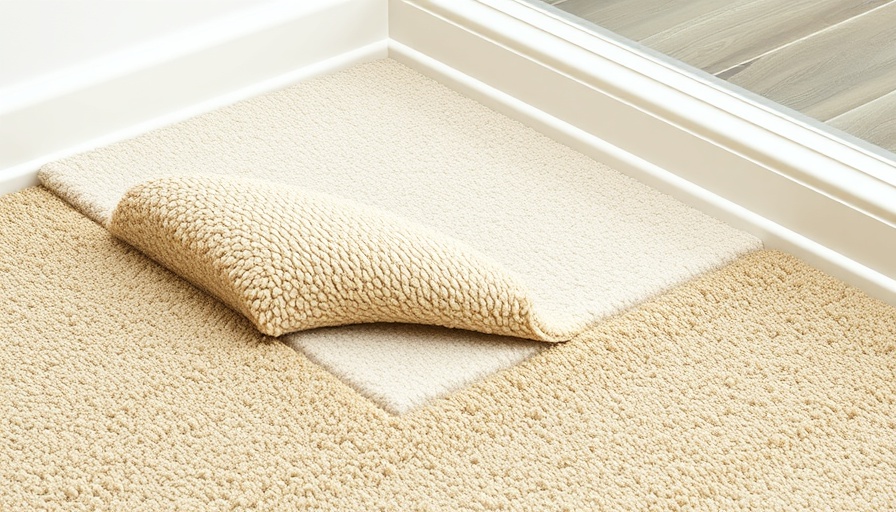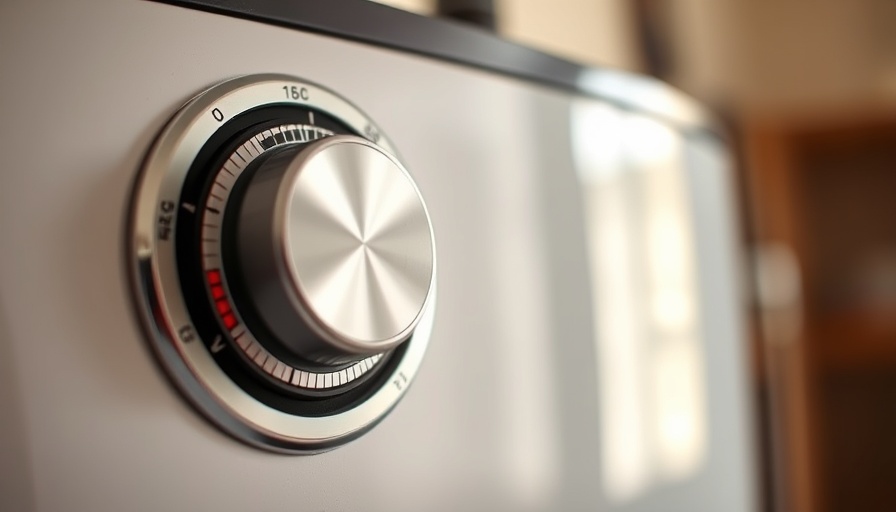
A Fresh Take on Bathroom Design: Why Choose a Barn Door?
As we elevate our living spaces, the details often define our home’s character. A barn door, originally a feature in rustic settings, emerges as a stylish and contemporary choice for bathroom entrances. Particularly suited for homeowners considering renovations, these sliding doors offer a unique aesthetic while maximizing space.
The Space-Saving Virtues of Barn Doors
One compelling reason to ponder barn doors for your bathroom is their space efficiency. Unlike traditional doors that swing outward, barn doors slide to the side, freeing up essential real estate that can be utilized elsewhere in your bathroom. This added space lends itself well to creative renovations—think stylish shelving, decorative mirrors, or even a cozy reading nook. With more room at your disposal, you can craft a bathroom experience that reflects your personal style.
Simple Installation: A DIY Enthusiast’s Dream
For DIY aficionados, the ease of installation presents another significant advantage. Barn doors are typically straightforward to hang and can be an enjoyable weekend project. With basic tools and a little preparation, even novice handyfolk can achieve a professional look. Unlike traditional doors that often require complex hardware and precise measurements, barn doors simplify the process, making home improvement a gratifying journey.
Versatility Beyond the Bathroom
While they shine in bathrooms, barn doors can be flexibly employed throughout the home. Imagine barn doors gliding in place of conventional doors in a master bedroom or kitchen pantry. Their rugged beauty and customizable finishes make them suitable for any room, integrating smoothly within many design themes—from rustic farmhouse to modern chic. By choosing a barn door, you're ensuring that style and function coexist in harmony throughout your home.
Boosting Property Value with Style
In today’s real estate market, first impressions can significantly impact property value. Homes featuring unique design elements like barn doors inherently attract attention from potential buyers. When you incorporate a barn door, not only do you infuse your home with personal flair, but you also offer something distinctive that every prospective owner appreciates—character and charm. It’s a smart investment, indeed!
Your DIY Guide: Installing a Barn Door
If you’re ready to dive into the world of barn door installation, it’s essential to gather the necessary materials before starting your project. You’ll need the door itself, rail, brackets, and a set of basic tools. Measure your door frame carefully to ensure a proper fit and choose hardware that complements your door style. Remember, thorough preparation is the key to a successful installation, allowing you to enjoy the benefits of your new barn door without hassle.
Conclusion: Embrace Change with Barn Doors!
Ultimately, exploring whether a barn door belongs in your bathroom may lead to positive transformations in your home. They embody a perfect blend of style and utility while serving as a conversation piece that sparks interest. If you're contemplating a bathroom renovation, consider the unique benefits a barn door brings. Why settle for ordinary when extraordinary is within reach? Choose a barn door for a bathroom that feels like a true reflection of you!
Now that you understand the myriad benefits of barn doors, why not take the next step in your renovation journey? Explore your options and transform your bathroom with a decorative sliding barn door that’s both functional and eye-catching!
 Add Row
Add Row  Add
Add 




Write A Comment